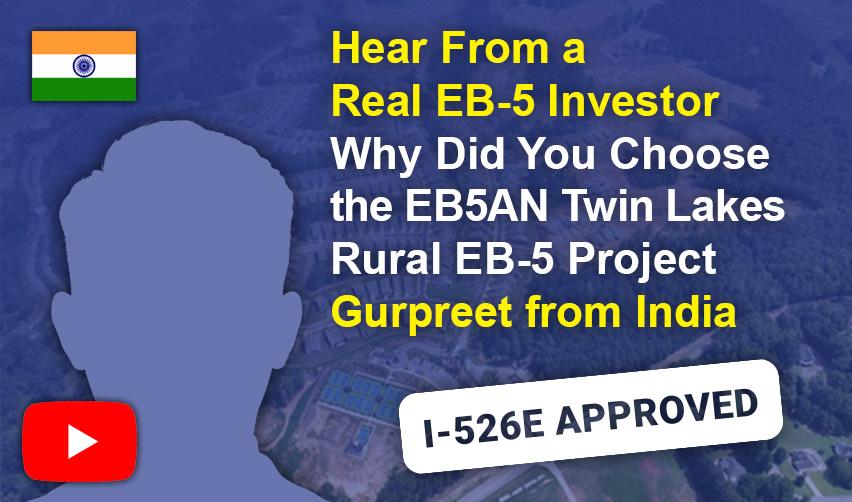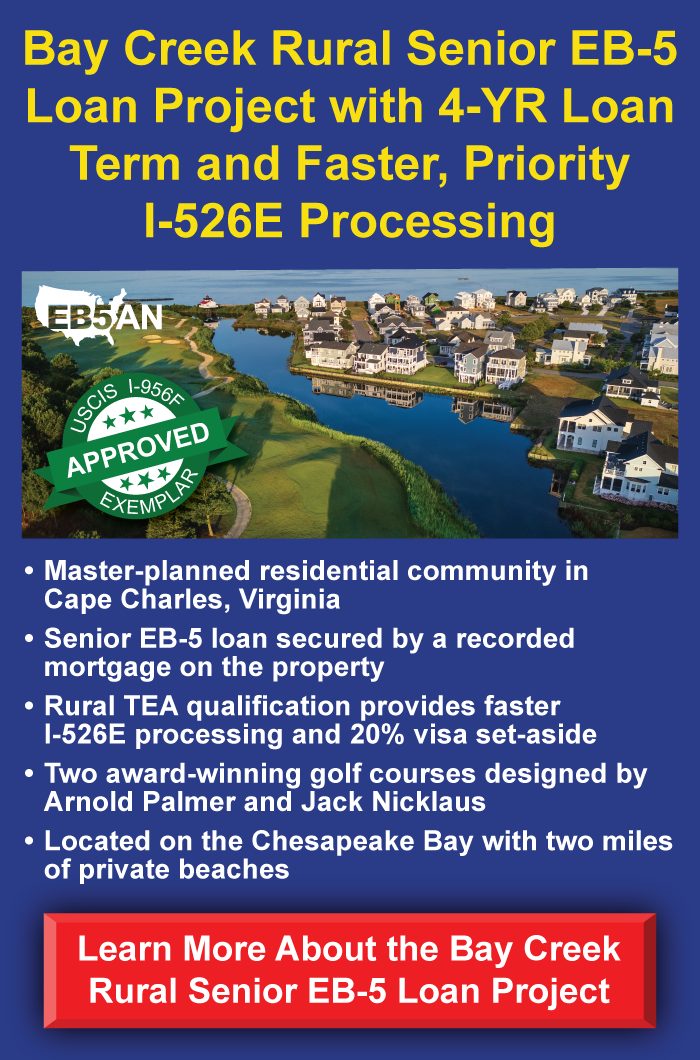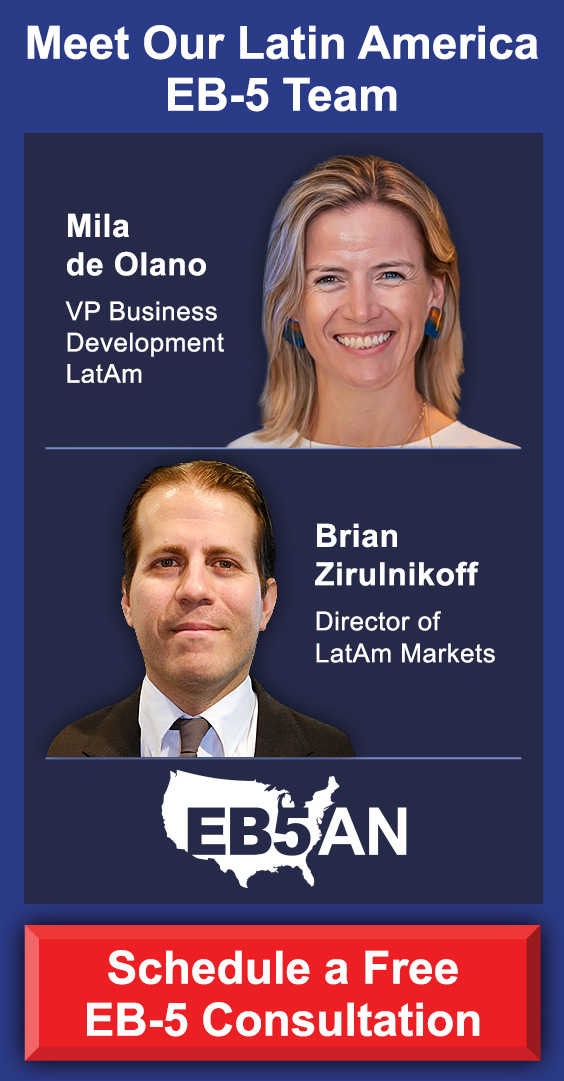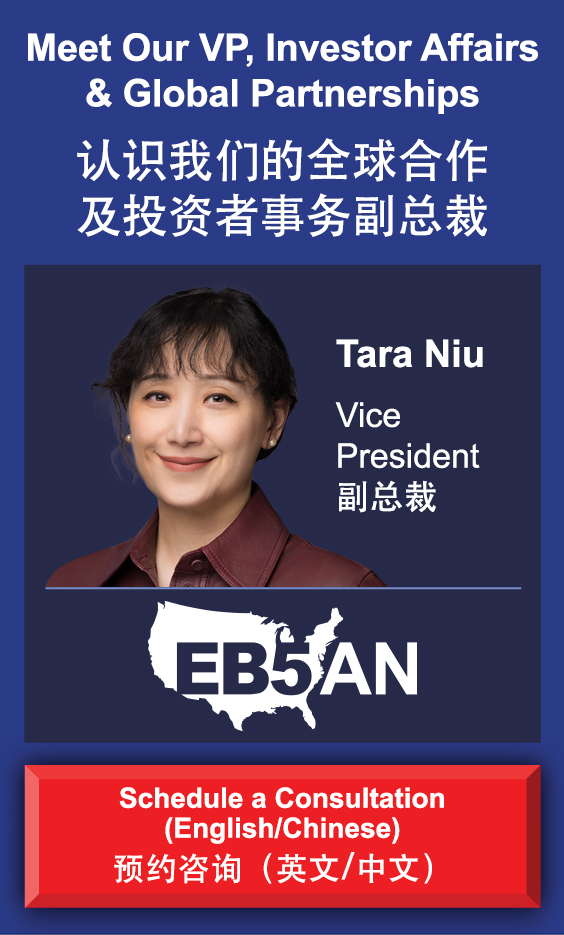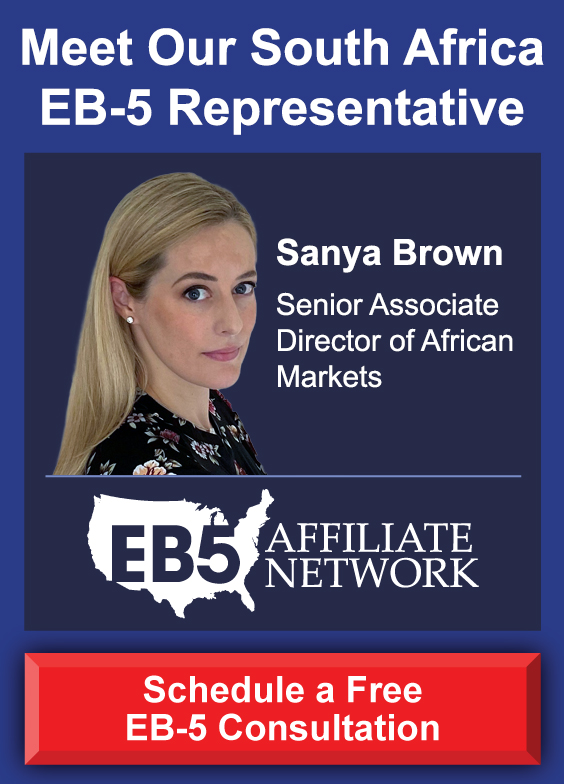Even before moving to the United States several years ago, I knew that America was the best place for me to expand my career and explore new horizons. Like many other Indian professionals in STEM fields, I realize that no other country can offer comparable opportunities for career growth.
A few years ago, I experienced firsthand how frustrating the limitations of temporary visas like H-1Bs can be. To make America our permanent home, my wife and I decided to pursue Green Cards through the EB-5 program.
I am glad to announce that I have already received I-526E approval and am close to receiving my initial U.S. Green Card. In this post, I explain my strategies for making a successful EB-5 investment.
In light of the U.S. government’s stricter policies on immigration in 2025, securing your EB-5 Green Card now is the way to go, especially for Indian applicants.
First, I’ll begin with some background on why I decided to pursue an EB-5 visa.
Watch Gurpreet’s Full Interview
Watch Gurpreet’s Interview Highlights
Read Gurpreet’s Full Interview Transcript
My Immigration Journey
Interviewing and Choosing an Immigration Attorney
Researching and Selecting a Regional Center
Choosing the Twin Lakes Project
Importance of Transparency and Documents
Investing
Receiving My I-526E Approval
Advice for Future Investors
My Immigration Journey
I am from India. I first came to the United States in 2009, staying for about two to three years before returning to India due to a job change. In 2019, I was able to come back, and since then I have built my life here. From the start of my career, I have worked in the pharmaceutical industry. Today, I hold a role in a New Jersey firm, using my H-1B work permit.
The H-1B visa has many benefits. It lets me live and work in the US with a stable legal status. It also lets me grow my skills and build my career in a way I could not have done back home.
But the H-1B visa comes with strict limitations. If I lose my job for any reason, I have only a limited number of days to find a new position. If I cannot secure a new employer willing to transfer my visa, I must leave the country. Changing employers means they must agree to handle the entire transfer process. These rules create a lot of uncertainty for H-1B holders and their families.
Then COVID struck. During the pandemic, I lost my father in India, and unfortunately, travel restrictions for visa holders prevented me from reaching him in time. That moment made it clear to my wife and me that relying on a temporary visa was too risky. We needed a path to permanent residency; a U.S. Green Card. We began looking into all possible routes. Among them, EB-5 stood out. Given the benefits it offers, it felt like a clear choice for our family’s future.
While on H-1B, I also explored other work visas. I had held an L-1 visa at one point, and I had my I-140 approved. But for Indian nationals, the wait time for a Green Card under those categories stretches beyond a lifetime. My wife and I realized we did not have that kind of patience. Staying on a temporary visa felt like a series of stop-gaps rather than a long-term plan.
We researched all the legal immigration paths. We spoke with peers, read official resources, and weighed each option’s pros and cons. Work visas offered a route to stay, but they always had time limits and employer ties. Adjustment of status through I-140 came with decades-long backlogs.
Each option seemed to come with its own roadblocks.
When we turned to EB-5, the picture changed. It offered a direct path to a Green Card without decades of waiting. It let us invest in a project that could create jobs and support our application. The requirements were clear: invest the minimum capital and show job creation. For us, that was almost a no-brainer. EB-5 offered the stability we wanted and a path to permanent residence that did not depend on someone else’s visa sponsorship. That clarity drove us to focus our research and attention on the EB-5 program.
Interviewing and Choosing an Immigration Attorney
Finding the right attorney was my next step. I spoke with three different law firms. With each, I scheduled one detailed discussion. I came prepared with a list of questions about timing, fees, case strategy, and document needs. Each conversation taught me something new about the EB-5 process.
After those three meetings, one name stood out: Dennis Tristani. From our first talk, he was patient with every question. He laid out clearly what he could do for us and what was beyond his control. He explained which documents we would need, how to show source of funds, and what the timeline might look like. His transparent style gave me confidence.
I also heard his name on other webinars and saw colleagues mention him. That reinforced my choice. Once we hired his firm in June, his team moved fast. They worked closely with us to map out all our accounts and funding sources. They created a one-page summary that clearly showed where each dollar came from. Anyone who read that page could easily follow our funding story.
By August—just two months later—we had our I-526E petition ready. The speed and clarity of the process impressed me. My main takeaway: pick an attorney you trust and feel comfortable talking to. Don’t choose by fame alone. Compare your options and go in armed with questions. That approach served us well.
Researching and Selecting a Regional Center
At the same time, I needed to choose an EB-5 regional center. I spoke with many centers—one call each—to get an overview of their projects, fees, and support. In the end, EB5AN rose to the top. From my first visit to their website, I saw a deep focus on investor education. Their site offered detailed FAQs, clear project summaries, and real investor testimonials.
I liked that I could read so much before even speaking to anyone. When I did reach out, I spoke directly with one of the managing partners. Even on weekends, my questions were answered fast. That quick response showed me they value investors’ time and concerns.
I also reviewed testimonials of past investors. Hearing others’ experiences with EB5AN helped me feel confident. I knew I would work with a team that cared about my questions, big or small. That combination of education, real stories, and rapid replies made EB5AN the clear choice for our regional center.
Choosing the Twin Lakes Project
Once I picked EB5AN, I had to choose a project. I decided on the Twin Lakes Georgia rural loan project. I joined Fund Four, the final fund for this project. Before me, 350 investors had already invested. That number itself spoke volumes: many had put their trust in the same project.
I looked into the project developer, Kolter. Online, I saw they have a solid track record. Their history shows they return money to investors on schedule. That gave me added confidence. I also found data that Twin Lakes had sold over 700 of the 1,300 planned homes. Progress like that hinted at a strong local market.
Rural projects carry certain benefits under EB-5 rules. They can get a lower investment threshold and often move faster through the approval process. Faster visa processing was important to me. I watched project videos and even spoke with friends who visited the site in person. All of that data and firsthand input helped me feel I was making the right choice. With the combination of a respected developer, clear progress, and rural status, Twin Lakes was the project I wanted.
Importance of Transparency and Documents
Financial transparency mattered just as much as the project itself. Early on, I did not know what details to ask for. EB5AN’s website guided me through the key documents: loan agreements, repayment guarantees, and regional center statements. As I gathered and reviewed these files, I sat down with a few trusted friends to get their take.
I needed to be certain I was moving in the right direction. I spent hours reading loan terms and checking balance sheets. I wanted to see how the loan repayment was secured and what the escrow terms looked like. No other program I explored was as open with these details. EB5AN and Kolter shared the full package: project pro forma, financial statements, and legal agreements.
EB5AN’s openness made me comfortable. It answered questions I did not even know I had. It removed doubt. With all documents in hand, I felt confident submitting my funds. For any investor new to EB-5, I would say: demand full transparency from day one. If a sponsor or regional center hesitates, that is a red flag. Clear documents are the bedrock of a safe investment.
Investing
Once I decided on the attorney and the project, the formal steps moved quickly. My attorney gathered our funding summaries and prepared the I-526E petition. Simultaneously, I completed the subscription agreement with the regional center. I transferred the required capital into the escrow account.
Within days, I received a confirmation letter from EB5AN. They acknowledged receipt of my subscription and funds. Soon after, my attorney filed the I-526E petition with USCIS. There were no hiccups in this phase. The coordination between my lawyer and the regional center was seamless.
Looking back, the most time-consuming part was the research and document gathering. Once all funding sources were clear and all agreements signed, the mechanics of filing went very smoothly. From the time we finished our funding summary in June to our I-526E filing in August, everything fell into place. A clear plan and prompt communication made the difference.
Receiving My I-526E Approval
Along with the I-526E, my wife and I filed the I-485 adjustment, the I-765 work permit, and the I-131 travel permit. We did a concurrent filing so we could work and travel while our Green Card case was pending. Interestingly, my I-526E approval arrived before my work permit and travel document. My wife’s EAD and advanced parole came through first.
My attorney explained this sequencing is not uncommon. He expects I will receive my I-485 approval one to three months after the I-526E approval. I look forward to that step. Having the ability to work freely and travel while waiting will make life much easier.
These filings marked the last formal milestones before conditional residency. With the I-526E approved, our focus shifts to job creation verification and removing the conditions on our Green Cards. I feel confident we are on track, thanks to the clear pace of approval so far.
Advice for Future Investors
Looking back on my journey, three things stand out:
- Choose your project carefully. Invest time in research. Study developer track records. Check sales data and job creation estimates.
- Pick an attorney you trust. Interview multiple firms. Go with someone who answers all your questions, even the small ones. Don’t just follow a name you’ve heard.
- Clarify your source of funds from Day One. Gather all bank statements, loan documents, and transfer records. USCIS will review these with great care.
If you cover these steps, the rest of the process becomes straightforward. Be prepared and stay organized. Work closely with your attorney and regional center. When you have a good team, the path to residency can move quickly.
I would highly recommend both my attorney, Dennis Tristani, and my regional center, EB5AN, to any Indian investor considering EB-5. Their clear guidance, fast responses, and transparent approach made all the difference in my journey.

